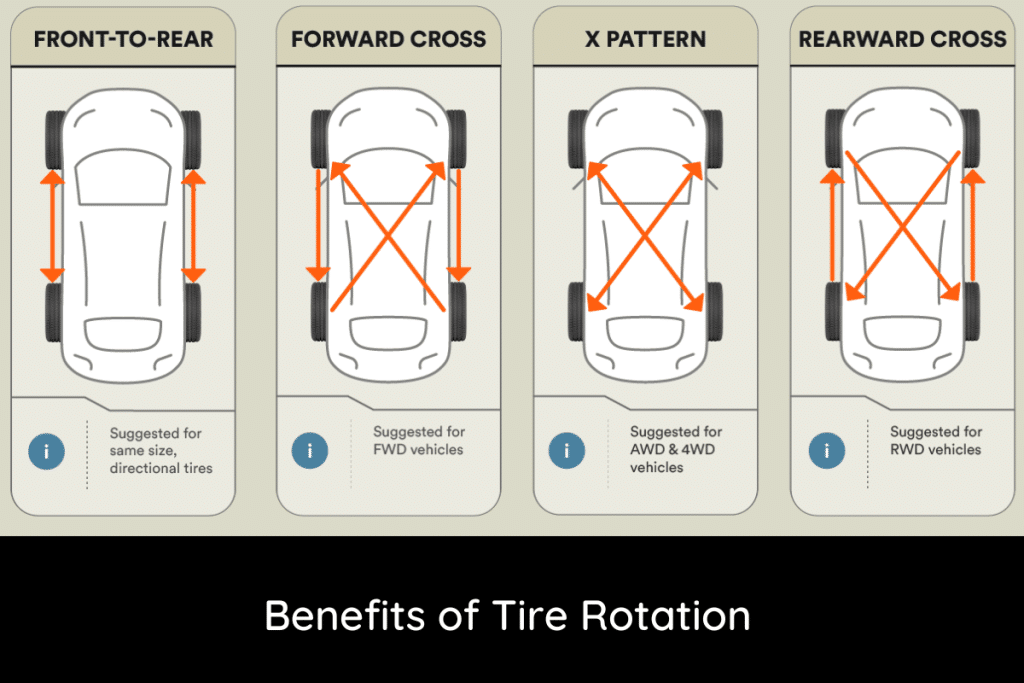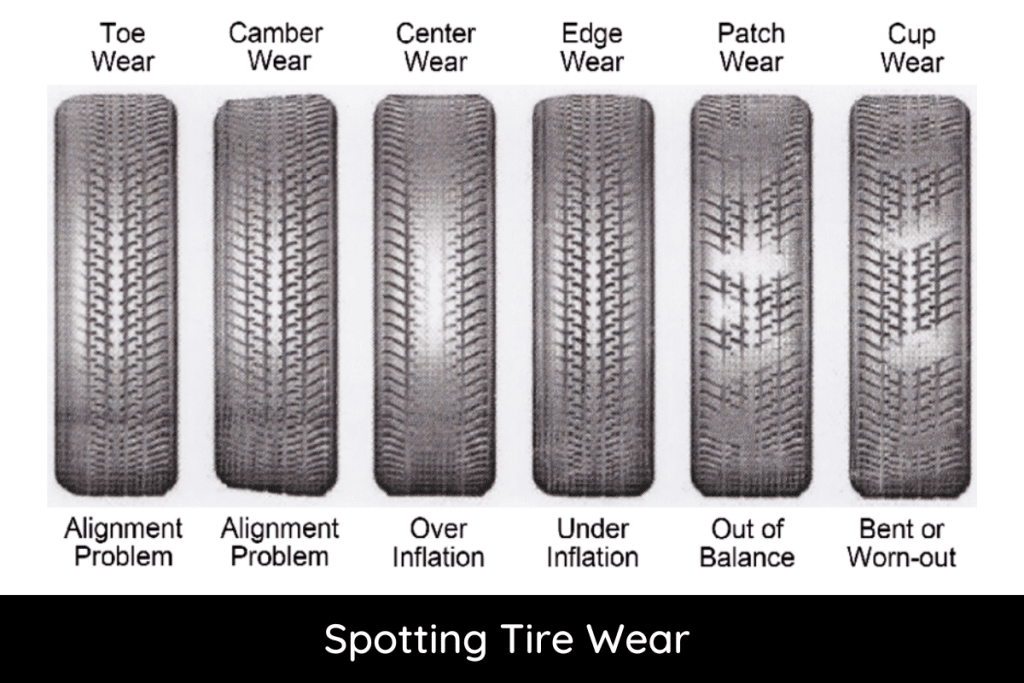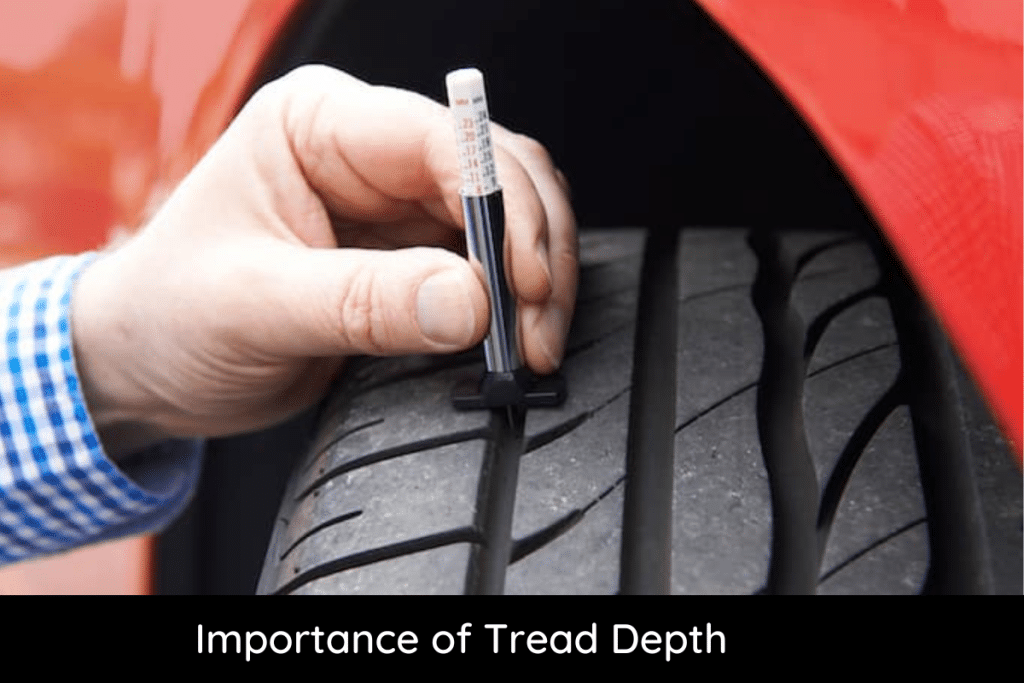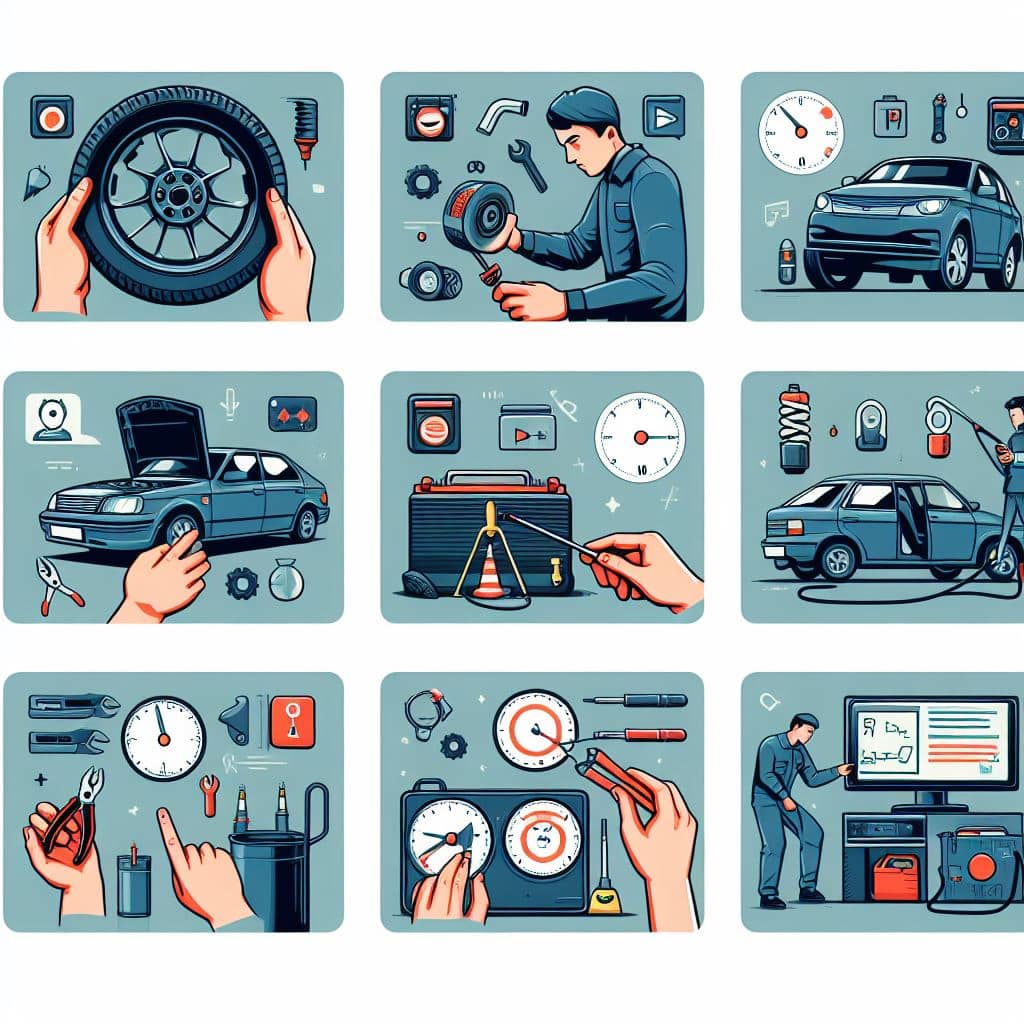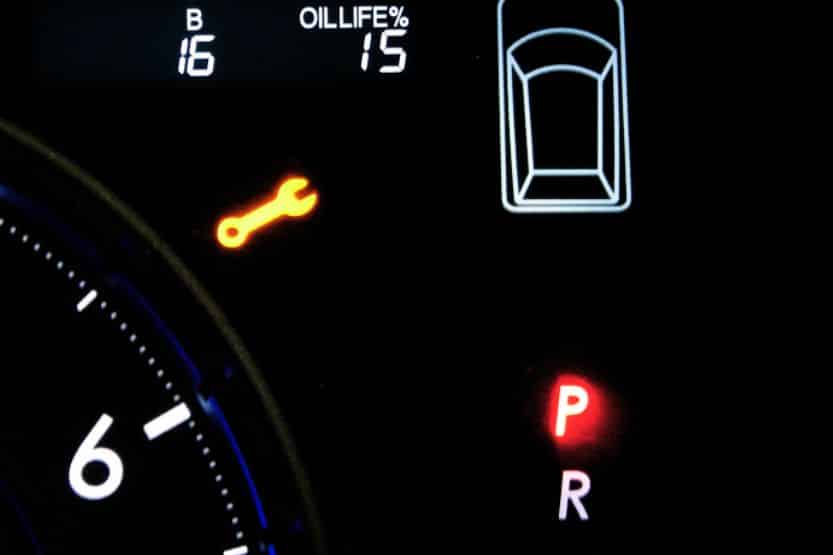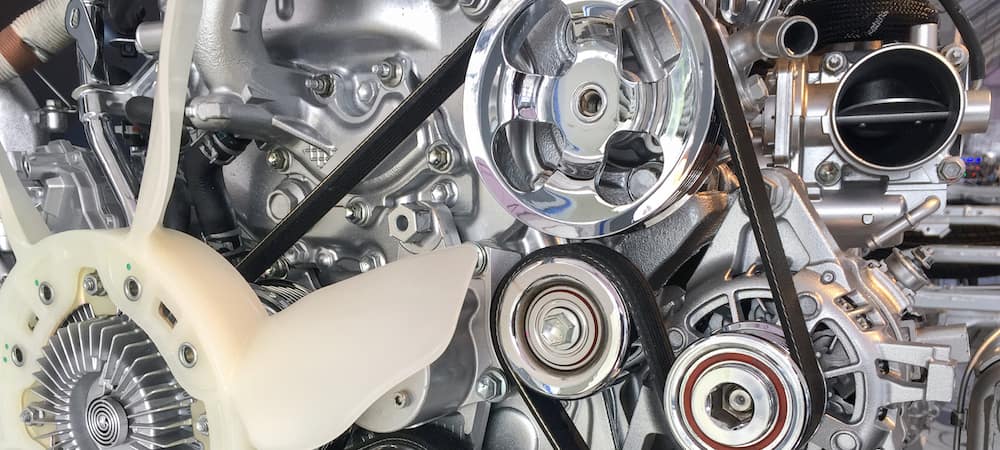It’s not a secret that spark plugs partially control energy explosions in automobiles that employ petrol or LPG Gas. Being a basic element of any combustion motor and any contemporary car, they ignite the fuel by channeling electrical current from the ignition.
Clearly, spark plugs may wear out like other motor elements, but the good news is that their replacement is rather easy. You can diagnose and fix the problem yourself by using the proper instruments and following our instructions.
Step-by-Step Instruction for Spark Plugs Replacement
With the necessary instruments, spark plugs replacement won’t be a hard task for you. At the same time, you will be able to reach your motor’s highest efficiency plus high gas mileage.
- Extras removal plus work area cleaning. Begin with the removal of a plastic “vanity” cover (if your vehicle features it) plus air cleaner assembly from the motor’s top. Mark all vacuum hoses you move away to place them correctly. Before removing other parts, clean a 4-cylinder motor’s top or banks of the V-type one.
Hamper crud from getting to cylinders by blasting compressed air encircling ignition coils. After that, blow the rest of the garbage off the motor. - Waiting for your engine to cool down before touching spark plugs. Plugs, motor itself, and exhaust system manifold become very hot if you have driven the automobile for a long time. So, touch plugs only when the motor is cool. While waiting, prepare all your instruments for work.
- Removal of ignition coil plus boot. Pressing or lifting up a locking tab dissociate ignition coil electrical connector. Sway the connector off the coil. Now, take off coil hold-down bolt and drag out both coil plus boot assembly. There are COP systems featuring demountable rubber boot plus spring. If you fail to extract them with the coil, do those employing needle-nose pliers and substitute them with fresh parts. Finally, old spark plug removal can be done.
In case your car doesn’t keep COP ignition, drag the boots off the plugs. - Plugs gapping. Every plug must be gapped in accordance with the manufacturer’s specifications before being installed. Examine the gaps before mounting a spark plug. Some experts advise applying a wire-type gap gauge, considering it as a better solution than cheap “disc-style” gage with a variable thickness which can cause bending or even breakage of electrode off-center. Gliding the proper wire gauge or gap gage betwixt electrodes, make certain that it drags slightly between them. If clearance is too tiny, disclose it with a gap gauge. If it’s too big, pitter-patter side electrode slightly on a firm surface. Having placed a little anti-seize mixture on plug threads, insert the plug into the cylinder head manually.
- Gap disclosure/shutdown. Hitch the adjusting instrument on the electrode wall and extract it cautiously. Examine the gap. Pushing the electrode down, shut the gap. Note: it’s crucial to examine the gap after any regulations are done.
- Inspection of existing plugs for wear out. Even if a spark plug functions faultlessly, it may have some dirt on it. Nevertheless, spark plugs demand replacement if you detect white, limey deposits on the plugs’ electrodes or signs of burning or lacking electrode parts. Additionally, substitute them if there is much soot concentration on them.
If plugs are deformed, broken or black, your motor may have some mechanical faults. So, it’s advisable to turn to a professional mechanic for assistance. - Proper plugs purchase for substitution. To opt for spark plugs suitable for your automobile, read your owner’s manual or get consultancy at an automotive store to make certain that the chosen plugs are suitable for your automobile’s model/year. Basically, there are many possible variants that can be applied with prices from $2 to $15 and which are made of platinum, yttrium or iridium etc. As iridium and platinum are precious metals, prices for such plugs are higher than for the ones made of copper.
However, they have a longer lifespan plus are less prone to wear and tear. Additionally, you can purchase OEM parts for your automobile.It’s good to employ identical plugs as the original ones. It’s not recommended to buy cheaper details. Believe the manufacturer mounted those exact plugs to allow you not to think much about what plugs are appropriate and to buy identical ones. That information can be founded at the automobile’s manual or gained consultancy at your local car dealership. Additionally, the purchase of fixed-gap or regular gap spark plugs is possible. Regulable plugs are the best variant if you plan to inspect them regularly and do some minor regulations. Furthermore, check the gap measurement compatibility with your automobile. Just take it off the package and verify if everything is proper. - Cleaning of spaces around threads. While replacing plugs, use a chance to inspect wires plus do some cleaning around wire terminal. Using a wire brush or compressed air, purify wire connections plus make certain that a port is in good condition. If some wires are bend, substitute them with fresh ones.
- Fresh plugs installation and ratchet tightening. Employing a spark-plug socket, drag out each plug from the motor, substituting it with a fresh one. Tighten a little (about 1/8 of a turn) by hand-tight solely. Avoid over-tightening plugs as you may induce thread stripping on the motor’s head, and fixing that is expensive and demands much time. Don’t forget to substitute spark-plug cables on the selfsame plugs they initially came from along with removing masking tape after finishing.
- Plugs lubrication. While mounting plugs in an aluminum motor, use a little anti-seize lubricant for their heads, preventing any reaction betwixt dissimilar metals. For plugs further easier removal, apply a bit of dielectric silicone mixture to the inner side of spark plug wire boot. It’s important to turn the plug backward on the thread till you allocate a port correctly to avoid cross-threading of the fresh plug, which can lead to head or plug damage. Make certain that you return spark plug wire boot in its place. Maybe, you will need to press it a little to get it to “snap” on. Note that a motor’s misfiring may happen if you do something wrong. And, consequently, your automobile will run roughly plus totteringly.
FAQ
What’s the main function of spark plugs?
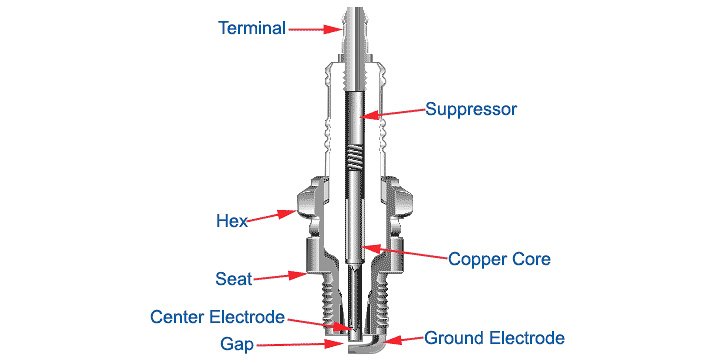
A plug emanates a spark of electricity via a small spark plug gap, creating ignition for combustion demanded to start your automobile. Your automobile may gain power, maintain power plus generate a trouble-proof burn of a compressed air-fuel mix by making the motor’s pistons move. Spark plugs may resist extreme heat plus pressure within cylinders, being able to get rid of unnecessary fuel admixtures plus any other contaminants.
Actually, if there is no spark, your automobile won’t be able to start or move. Moreover, spark plug conditions may affect your motor’s productivity. Thus, weak or broken plugs cause various engine malfunctions: from cold starting to misfires during speed-up. Besides, bad spark plugs prevent your automobile from gaining maximal power plus serve as a reason for fuel economy dropping.
What are the advantages of spark plug substitution?
Firstly, by having highly functional spark plugs, you feel assured that you will face no troubles with the automobile’s starting. However, many more pluses of installing fresh plugs exist. And we are gladly sharing them.
- Steady generation of optimal combustion. Properly operating spark plugs are the main reason for a properly functioning combustion system. By making them work faultlessly, a great number of performance troubles will be left in the past.
- Efficient fuel economy. The National Institute for Automotive Service Excellence declares: up to 30% of fuel efficiency is lost due to misfiring spark plugs. Substituting them regularly will reach the best possible fuel economy and save some money.
- Troubleproof and powerful start. You will feel the difference as soon as you mount fresh plugs on your automobile. Those jerky starts are usually caused by worn-out plugs, and so, the fresh ones will solve the problem in the wink of the eye.
- Lower emissions. The Environmental Protection Agency assures that lower emissions and reduced air pollution can be reached if you maintain your motor and do all the necessary tune-ups on time. And spark plugs are among key elements that demand regular maintenance.
How often do I need to change spark plugs?

Actually, spark plugs mustn’t be substituted frequently. They are rather durable and can serve faultlessly for years and many miles before the necessity to change them emerges.
As a rule, it’s advisable to replace spark plugs after every 30,000 miles are run, but, in truth, their lifespan relies on their type plus condition. Copper plugs are less reliable than the ones of more advanced plus pricy materials. Actually, 4 copper plugs can be replaced within the same period of time than 1 more durable plug serves.
Ordinary spark plugs require replacement every 30,000-50,000 miles while the ones of iridium or platinum can be substituted every 60,000-120,000 miles.
How can I understand that spark plugs require replacement?
Here are main signs of a weakening spark plug:
- Rattling, buzzing plus knocking sounds. Soon after spark plugs fail to misfire properly, you may hear irritating sounds from the force of pistons plus combustion not functioning correctly. Pistons move at high speeds. If a spark plug fires at the wrong time, your motor will rattle plus knock.
- Tough automobile start. Having faced troubles with starting or if jerks accompany start, it’s most likely that a malfunction of spark plugs has occurred. Their failure is a cause of misfiring plus unstable performance.
- Lower productivity. While driving, spark plugs fire during speed up or changing gears. And if they operate improperly, your automobile productivity will be very poor while it will consume much fuel.
- Lowered fuel economy. Of course, poor fuel economy is a consequence of many malfunctions. Nevertheless, if the problem is linked to spark plugs, you will detect that much fuel is consumed while the automobile fails to get a good, heat-generating spark at an appropriate time.
In case you have witnessed these signs, you’d better examine your automobile to avoid negative consequences. Properly operating spark plugs are essential for your automobile’s right start plus efficiency.
What are the consequences of not substituting spark plugs in time?
Weakened spark plugs contribute to misfiring, or, simply put, a cylinder featuring a bad spark plug won’t function. Frequently, old or soiled spark plugs contribute to ignition coils failure. Ignition coils get overloaded if spark plug electrodes feature build-ups or wear out, leading to the higher voltage required to transmit a spark.
Contemporary automobiles feature separate ignition coil for each spark plug.
Should I substitute spark plugs beforehand as a preventive measure?
No, avoid substituting spark plugs prior to date supposed by a car dealership or in case if they fail. It’s just a waste of money.
How can I notice my car’s misfiring?
If the motor misfires, not all cylinders are employed for their operation. It leads to a motor’s shaking and lacking energy. If your motor misfires, you will see a “Check Engine” light constantly flashing on the instrument panel. If you drive with a misfiring motor, you may face more troubles in the future, comprising catalytic converter melting, and its substitution is very costly.
How much will I spend on spark plugs substitution?
Ordinary spark plugs cost around $6-10 for each piece. The price for a platinum or iridium spark plug ranges between $15-40. Prices for replacement depend on your motor design. Usually, the substitution of spark plugs in a 4-cylinder motor usually costs about $60-110, and it’s rather easy. Meanwhile, access to plugs in V6 motors is more difficult. Consequently, labor costs may be higher.
For instance, spark plugs replacement in Ford Edge or Escape may cost $260-$320 because, in order to reach plugs, it’s necessary to move away the intake manifold.
Do all spark plugs require simultaneous replacement?
Yes, all spark plugs must be substituted simultaneously. Be attentive and employ only the correct plugs. Check plugs before installation. Note that if a spark plug falls, an insulator may be damaged.


